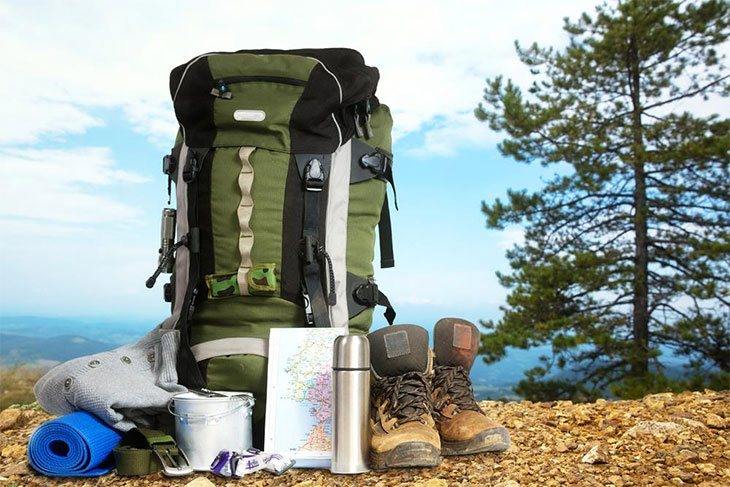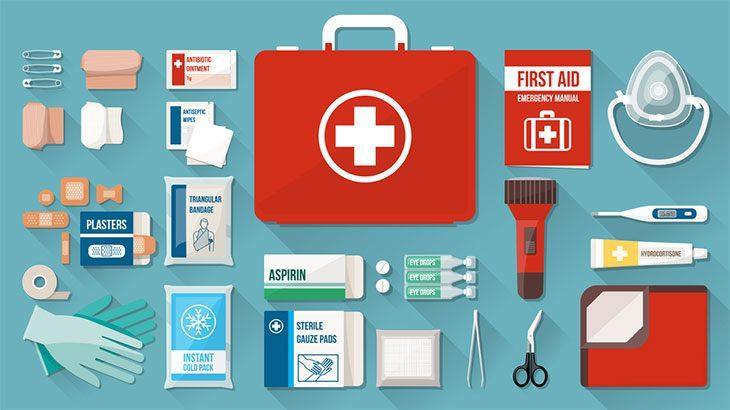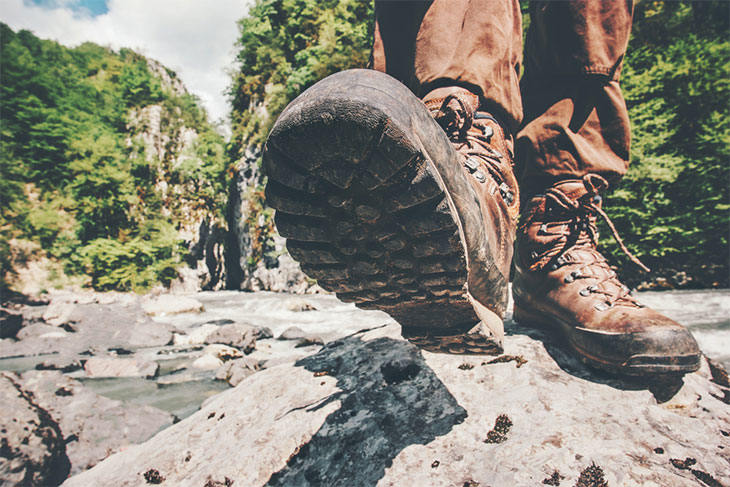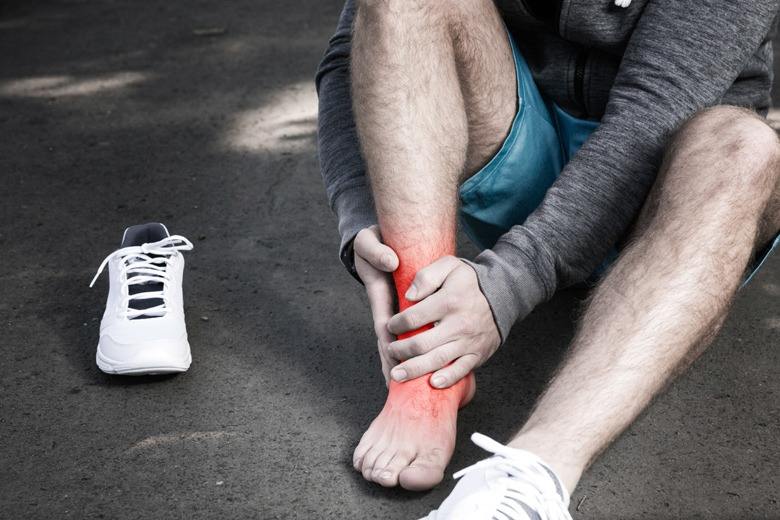Whether you are hiking, traveling, backpacking, or trekking, foot care is essential if you want to make your adventure memorable. Don’t let blisters, injuries, and hot spots steal the thrill of adventure. Follow these 10 tips to keep your feet happy for the long haul.
More...
Before You Leave
1. Break into Your Boots to Prevent Potential Blisters

Be well prepared and prevent problems by breaking into your boots and learning how they will work on your feet as your trip unfolds, especially if you are prone to blisters. A few weeks before your adventure trip is the time to make sure you don’t have any flaky skin or calluses as they can increase the risk of foot problems.
2. Clip Your Toenails
When clipping your toe nails, be sure to keep the toenails on your big toes straight as it will help you avoid ingrown toenails. Massage your feet using foot care cream so that your skin remains soft.
3. Skip Bulky Socks for Moisture Wicking Copper Compression Socks
Pack light with fast-drying fabrics so you can carry everything in a small rucksack and start with the right socks. Copper compression socks have become a popular choice among adventure enthusiasts because they help revive tired feet, relieve aches and pains, promote easy movement, prevent fluid build up and reduce muscle strain. The antimicrobial properties of copper compression socks also help wounds heal faster while protecting your feet from bacteria and fungi.
When You Leave
4. Tape Sensitive Areas
If you are susceptible to blisters, don’t forget to tape all the sensitive areas before you leave for your trail. Use a flexible tape that fits comfortably and stretch it before you apply it. Tape it diagonally under the foot while covering a bit up on the sides leaving a space of 2 cm between the ends.
5. Pack a First Aid Kit

A first aid kit will help you treat cuts, scrapes, foot sores, blisters, and prevent foot infections. So pack all the necessary medications, antibacterial creams, gauze pads, bandages, hypoallergenic tapes, and pre-packaged cleansing towelette.
6. Gear Up to Keep your Feet Dry
Choose shoes that fit comfortably and keep your feet dry from cold and moisture. Pack copper compression socks to avoid blood circulation problems. Try the socks and shoes that you will be wearing to ensure they will keep your warm and help you avoid frostbite.
If you are traveling to a warm climate, wear shoes that are especially designed for beach walking and avoid wearing flip-flops, sandals, or open-toed shoes. If you have corns or calluses, do not self-treat them. See a doctor to treat your condition.
During the Trail
7. Shorten Your Stride

Keep your stride short and try to increase your rate per minute as it will put you in a better position to regain the balance lost due to a miss-step. A shorter stride also means less friction and less potential for blisters. You will also remain protected from knee and hip injuries.
8. Air Your Feet During Breaks and Massage Them at Night
Let your feet breathe during your breaks and meals because blisters are caused due to friction and heat. Airing your feet will keep them cool and also give your socks the chance to dry. Massage your feet at night before you sneak into your sleeping bag using small circular motions.
This will work to soften your skin and soothe tired muscles while improving blood circulation. Massaging your feet for just five minutes at night will make it much easier for your feet to survive another day on your adventure trip.
9. Deal with Hot Spots Before They Get out of Hand
On a hike, if your foot feels uncomfortable at any point, immediately stop and address the sensation because any pain or discomfort is the precursor to blisters and if treated in time, you can avoid it. You can use a medical tape, moleskin or a bandage to directly cover the hot spot.
10. Stretch to Soothe Sore Muscles

An outdoor adventure means a lot of hard work which can lead to sore muscles and stiffness. Stretching is a great way to take the pressure and pain off your tired and aching feet. You can do the standing forward bend, a calf stretch, or a quadriceps stretch and continue to play hard throughout the day.
Practice proper foot hygiene and carry a pair of copper compression socks to bombproof your feet and stay safe from the potential hazards of the outdoor environment.
Read more: Why Do My Feet Hurt In The Morning?
Leave a Reply